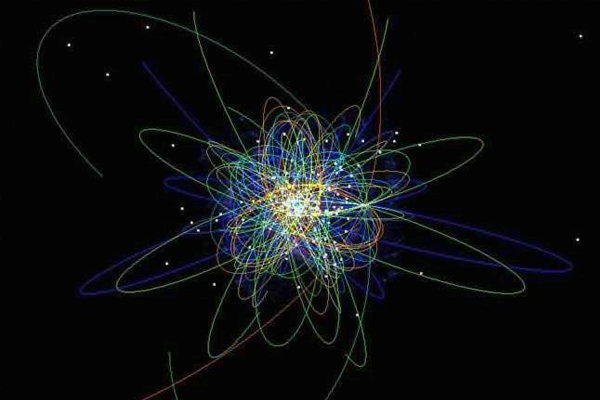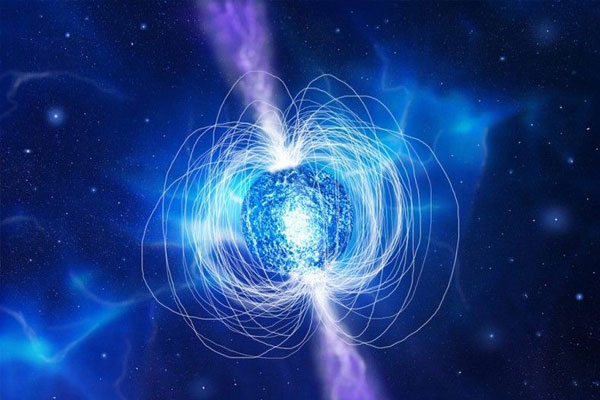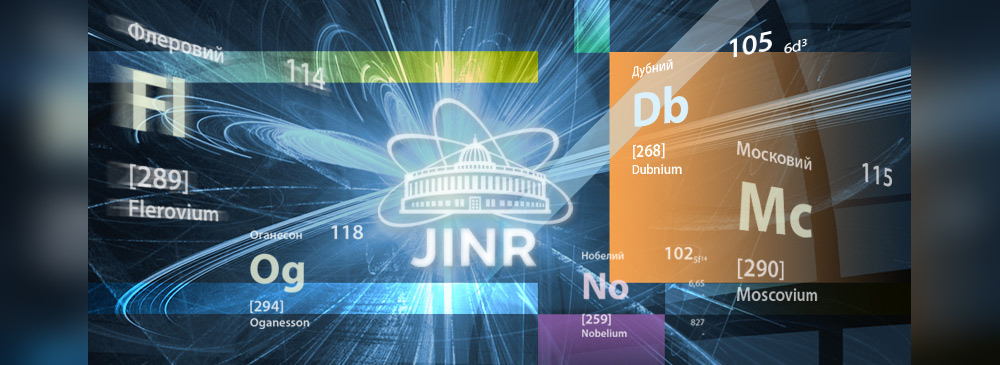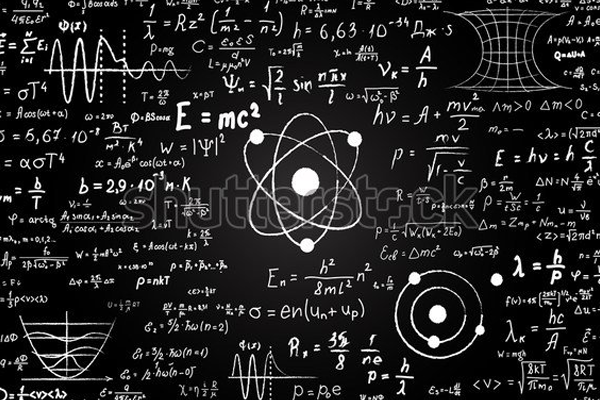Dmitry Naumov:
We have to get neutrino talk
Best
The science
Dark Shadows
Dark Shadows
Dark Shadows is a 2012 American horror comedy film based on the gothic television soap opera of the same name. It was directed by Tim Burton and stars Johnny Depp, Michelle Pfeiffer, Helena Bonham ...
Archive
Gravitational lens
Gravitational lens
A gravitational lens is a distribution of matter (such as a cluster of galaxies) between a distant light source and an observer, that is capable of bending the light from the source as the light tr...
Education
Quantum field theory
Quantum field theory
In theoretical physics, quantum field theory (QFT) is a theoretical framework that combines classical field theory, special relativity, and quantum mechanics:xi and is used to construct physical mo...
News
PrevNext
News
Article 5 - Supergravity
Article 5 - Supergravity
Created on Saturday, 06 July 2019 13:42
In theoretical physics, supergravity (supergravity theory; SUGRA for short) is a modern field theory that combines the principles ...
News
Article 4 - Large Hadron Collider
Article 4 - Large Hadron Collider
Created on Saturday, 06 July 2019 13:41
The Large Hadron Collider (LHC) is the world's largest and most powerful particle collider and the largest machine in the world.[1...
News
Article 3 - Grand Unified Theory
Article 3 - Grand Unified Theory
Created on Saturday, 06 July 2019 13:39
A Grand Unified Theory (GUT) is a model in particle physics in which, at high energy, the three gauge interactions of the Standard...
News
Article 2 - Strings
Article 2 - Strings
Created on Saturday, 06 July 2019 13:38
The application of quantum mechanics to physical objects such as the electromagnetic field, which are extended in space and time, ...
News
Article 1 - Superstring theory
Article 1 - Superstring theory
Created on Saturday, 06 July 2019 13:37
Superstring theory is an attempt to explain all of the particles and fundamental forces of nature in one theory by modeling them a...
News
Article 6 - Quantum gravity
Article 6 - Quantum gravity
Created on Saturday, 06 July 2019 00:00
Quantum gravity (QG) is a field of theoretical physics that seeks to describe gravity according to the principles of quantum mecha...
The science
The science
Rijksmuseum
Rijksmuseum
The Rijksmuseum (Dutch pronunciation: [ˈrɛiksmyˌzeːjʏm]; English: National Museum) is a Dutch national museum dedicated to arts and history in Amsterdam. The museum is located at the Museum Square ...
The science
Dark Shadows
Dark Shadows
Dark Shadows is a 2012 American horror comedy film based on the gothic television soap opera of the same name. It was directed by Tim Burton and stars Johnny Depp, Michelle Pfeiffer, Helena Bonham ...
Education
Education
Fundamental interaction
Fundamental interaction
In physics, the fundamental interactions, also known as fundamental forces, are the interactions that do not appear to be reducible to more basic interactions. There are four fundamental interactio...
Education
Quantum field theory
Quantum field theory
In theoretical physics, quantum field theory (QFT) is a theoretical framework that combines classical field theory, special relativity, and quantum mechanics:xi and is used to construct physical mo...
Courses
Materials
Three new elementary particles
Three new elementary particles
Truly amazing results were obtained in the middle and second half of the twentieth century in those branches of physics that are engaged in studying the fundamental structure of matter.
Courses
Discovery of new elementary particles
Discovery of new elementary particles
- 5 lectures
- 5 materials
Who are we? What place do we occupy in the universe? These qu...
Lectures
Radioactive decay
Radioactive decay
Radioactive decay (also known as nuclear decay, radioactivity or nuclear radiation) is the process by which an unstable atomic nucleus loses energy (in terms of mass in its rest frame) by emitting ...
History of the Institute
PrevNext
From the history of the Institute
Discovery of new elementary particles
Discovery of new elementary particles
Truly amazing results were obtained in the middle and second half of the twentieth century in those branches of physics that are engaged in studying the fundamental structure of matter.
From the history of the Institute
Three new elementary particles
Three new elementary particles
Truly amazing results were obtained in the middle and second half of the twentieth century in those branches of physics that are engaged in studying the fundamental structure of matter.
Archive
Gravitational lens
Gravitational lens
A gravitational lens is a distribution of matter (such as a cluster of galaxies) between a distant light source and an observer, that is capable of bending the light from the source as the light tr...
Archive
General relativity
General relativity
General relativity (GR, also known as the general theory of relativity or GTR) is the geometric theory of gravitation published by Albert Einstein in 1915 and the current description of gravitation...
Culture
Culture
Volga River
Volga River
The Volga (/ˈvɒlɡə, ˈvoʊlɡə/; Russian: Во́лга) is the longest river in Europe with a catchment area of 1,350,000 square kilometres. It is also Europe's largest river in terms of discharge and drain...

Radioactive decay (also known as nuclear decay, radioactivity or nuclear radiation) is the process by which an unstable atomic nucleus loses energy (in terms of mass in its rest frame) by emitting radiation, such as an alpha particle, beta particle with neutrino or only a neutrino in the case of electron capture, or a gamma ray or electron in the case of internal conversion. A material containing unstable nuclei is considered radioactive. Certain highly excited short-lived nuclear states can decay through neutron emission, or more rarely, proton emission.

 English (United Kingdom)
English (United Kingdom)  Czech (Čeština)
Czech (Čeština) 














